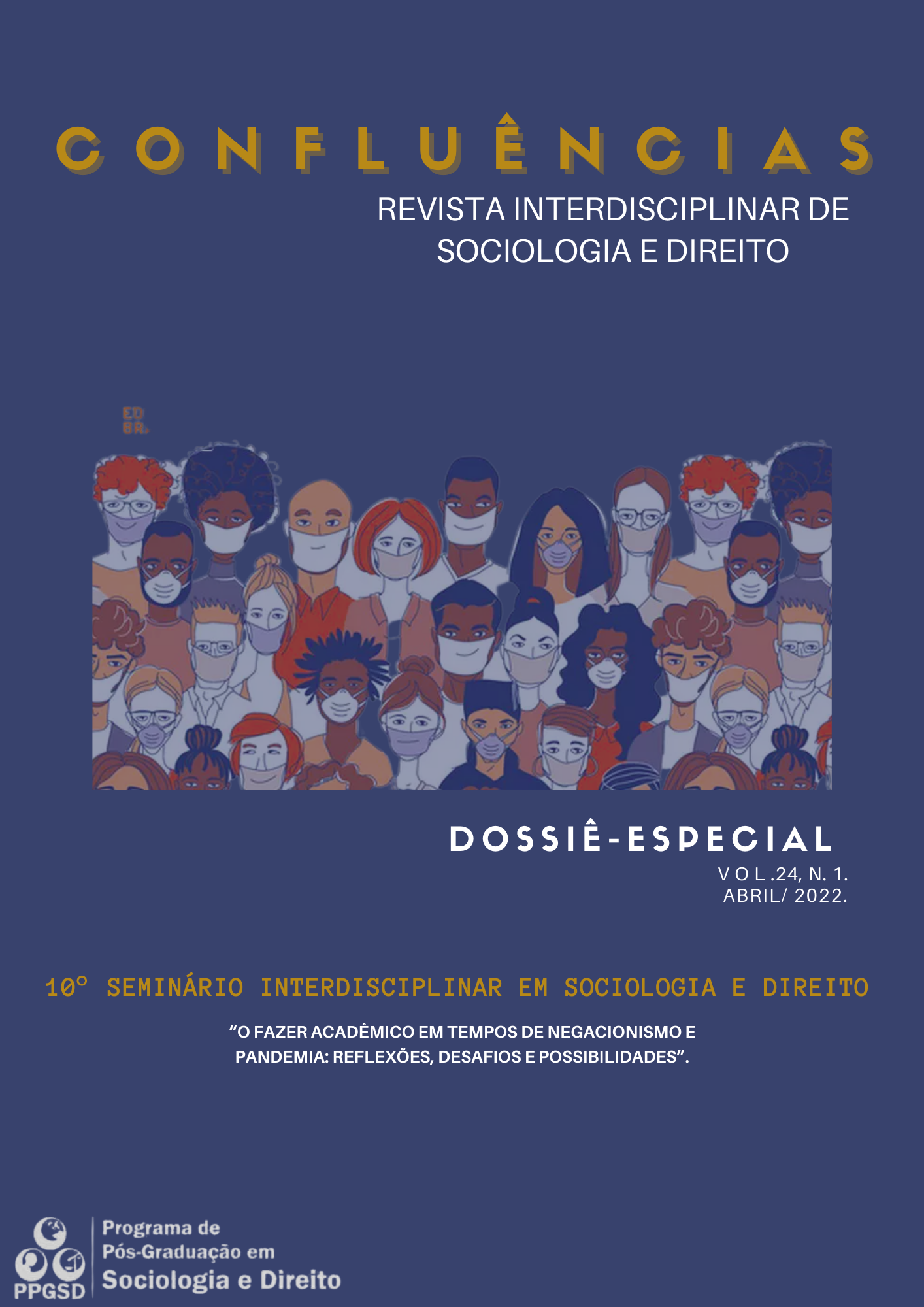DIGITAL JUDICIARY:
What is myth and what is true about technological barriers and access to justice in Brazil.
DOI:
https://doi.org/10.22409/conflu.v24i1.53654Abstract
Five years ago it would have been heresy to speak in virtual hearings or 100% digital courts in Brazil. Today the reality is quite different. From small claims courts to the Federal Supreme Court, several jurisdictions are in the process of virtualization. From this context, the aim of this article is to unravel whether technological barriers of access to justice are presented as truths or myths. Therefore, it was necessary to divide it into three parts. In the first, there is a brief retrospective on the evolution of access to justice and the need to overcome obstacles for its proper implementation. In the second, technological barriers are presented, revealing the possible ways to overcome them. Finally, in the third part, a critical assessment of the real existence of technological barriers in contemporaneity is undertaken.
Downloads
Downloads
Published
How to Cite
Issue
Section
License
Copyright (c) 2022 Cristiane Rodrigues Iwakura, Priscila Leal Seifert

This work is licensed under a Creative Commons Attribution-NonCommercial 4.0 International License.







